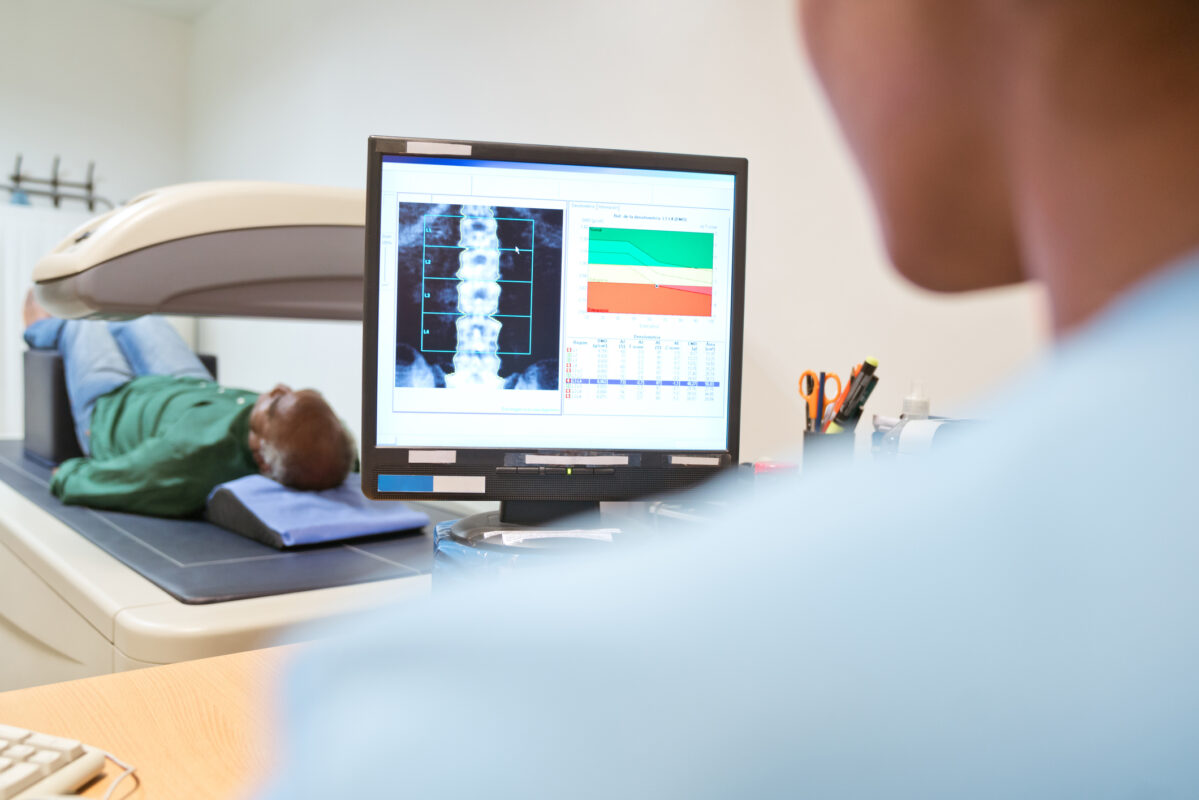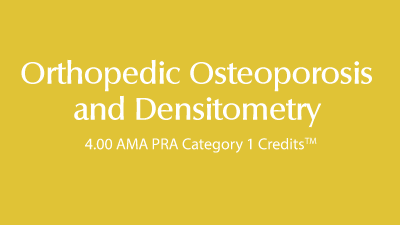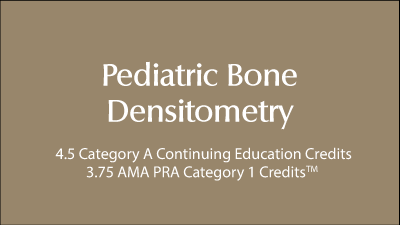Learning Objectives
After attending the course, participants should be better prepared to:
- Describe appropriate clinical evaluation of patients at risk for fragility fracture.
- Summarize the value and importance of quality bone densitometry for the diagnosis of osteoporosis, assessment of fracture risk, and monitoring of BMD.
- Recognize errors in DXA analysis and reporting.
- Explain new and emerging guidelines that provide evidence-based information regarding skeletal health.
- Describe the use of current and new pharmacologic therapies for the management and treatment of osteoporosis, including adverse effects.




